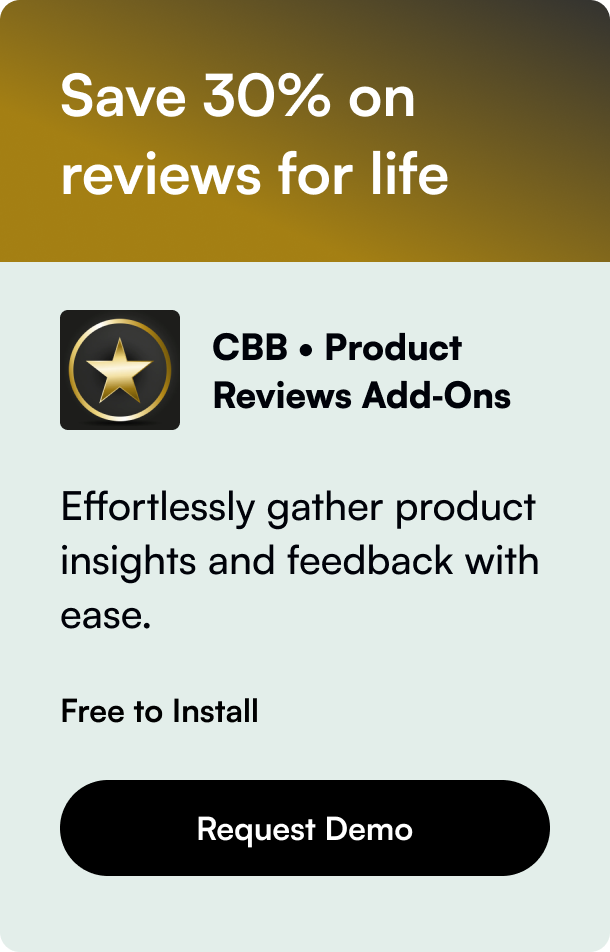Table of Contents
- Introduction
- Understanding Shopify's Default Filtering System
- Implementing Tags and Searches
- Automating With Apps
- Deep Dive into Data Through Shopify Reports
- Early Detection With Shopify's APIs
- Building Custom Solutions
- Practical Use Cases and Tips
- Creating a More Efficient Workflow
- FAQ Section
Introduction
Have you ever found yourself sifting through countless orders on your Shopify store trying to find a particular product? It turns out that you're not alone. Many eCommerce entrepreneurs face a logistical challenge when they need to identify orders containing specific products. This becomes even more relevant when you need to analyze sales patterns or prepare for targeted fulfillment. Let's delve into this further. What if this process could be simplified? That's exactly what we're about to explore.
This blog post will equip you with the knowledge to competently manage and filter orders by product on your Shopify store, a feature many believe to be essential yet is not inherently straightforward. We aim to unravel the mystery behind this sought-after functionality, enabling you to sort, filter, and analyze your product orders with greater ease. Each strategy outlined below, coupled with handy tips and automation tools, is designed to not only educate but also to bolster the operational efficiency of your Shopify venture.
Understanding Shopify's Default Filtering System
Initially, filtering orders by product may seem baffling because finding the correct function in the Shopify admin interface to accomplish this can be elusive. That is due to the platform's default setting which does not include a direct filter-by-product feature in the 'Orders' page. Generally, various filters are accessible—such as by date, fulfillment status, or payment status—but none for products specifically.
Implementing Tags and Searches
Here's a strategy that comes to rescue: the smart use of tags and searches. If your product names or SKUs are distinct, using the search function allows you to find orders containing specific items. Incorporate quotation marks for a precise match to filter out any unrelated results. It doesn’t stop here though. By assigning tags related to groups of products, such as “summer_collection” or “electronics”, you can filter orders by these tags. This method can significantly streamline the process when you're dealing with categories rather than individuals.
Automating With Apps
Apps such as Order Automator can elevate the tagging system, automatically tagging orders based on product conditions, eradicating manual tagging labor from your workflow. Aside from saving time, it provides you with a method to instantly segment your orders. App-driven automation is the embodiment of "work smarter, not harder" in the Shopify realm.
Deep Dive into Data Through Shopify Reports
For a comprehensive understanding of your products' performance, make use of the Inventory History under individual product details or generate Order Reports from the Analytics section. These reports render insights into sales patterns, best-sellers, and products prone to returns. However, this reporting is primarily backward-looking and might not facilitate the handling of newly placed orders.
Early Detection With Shopify's APIs
Stepping up the analytical game, the Shopify API paves the way for more advanced filtering, including via product ID. Developers can utilize the REST API to scan through orders and match line items with specific product IDs, crafting customized lists and analyses. While this requires technical knowledge, it opens a door to possibilities well beyond the basic admin interface, particularly for those with a sizeable volume of products.
Building Custom Solutions
Sometimes, off-the-shelf solutions may fall short of addressing your unique demands. In these cases, a custom app developed for your Shopify store could offer a tailored solution. This might be a dashboard that displays orders along with associated products allowing for specific filtering and sorting, and potentially even facilitating direct order fulfillment.
Practical Use Cases and Tips
Now, let's put these strategies into practice:
-
Holiday Seasons: Utilize tags like "christmas_special" to filter orders during the seasonal spike and ensure timely processing.
-
Product Recalls: In the unfortunate event of a recall, efficiently identify affected orders using product-based tags or searches.
-
Sales Tax Reporting: Use Shopify's in-built reports to differentiate taxable and non-taxable sales by product - vital for the accurate filing.
Creating a More Efficient Workflow
By integrating filtering techniques with proactive order management approaches, you can develop a system that significantly increases the accuracy and speed at which you process and fulfill orders. The combined use of apps, tags, and custom development can create a workflow that feels almost seamless.
FAQ Section
Q: Can I sort orders directly by products within Shopify's standard interface? A: Although Shopify's default interface does not allow direct order sorting by products, there are several workaround methods such as using search terms with quotes and tags, as well as utilizing third-party apps.
Q: Are there any built-in reports to analyze my product sales in Shopify? A: Yes, Shopify has several in-built reports that let you analyze product orders and returns, which might indirectly help to determine how many of a particular product were sold.
Q: How can I use Shopify’s API for more advanced product filtration? A: If you're comfortable with coding or willing to hire a developer, Shopify’s API, especially the REST and GraphQL ones, can be used to create scripts or apps to filter orders by product ID and other criteria.
Q: Is automating the tagging of orders possible? A: Yes, automating order tags is possible through automation apps such as Order Automater or Order Tagger, which help to categorize orders based on predefined product conditions.
Q: Can reports show real-time data for filtering orders by product? A: Shopify’s reports are generally for historical analysis. For real-time data, you may need to rely on the search and filter functions in the orders list or use apps that help with automation and real-time tagging.
Enhance your store's operational flows by applying these insights to filter orders by product efficiently. Streamline your focus on fulfilling customers' demands promptly and watch your e-commerce business thrive.








